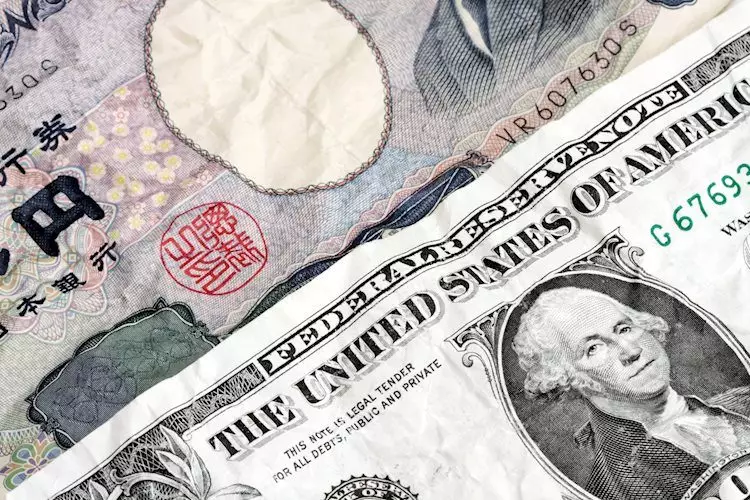The Japanese Yen has recently experienced a modest increase, primarily fueled by rising domestic inflation expectations which are rekindling speculation about possible interest rate hikes by the Bank of Japan (BoJ). While the domestic factors are playing a role in the Yen’s strengthening, external influences, such as the performance of US bonds and the broader market sentiment, continue to provide formidable resistance to significant gains. We delve into the factors influencing the Japanese currency, examining both national statistics and international economic indicators that shape its trajectory.
Inflation Reports and BoJ Reactions
Recent data released by Japan’s Statistics Bureau shows a slight decrease in the National Consumer Price Index (CPI), dropping from a 2.5% annual rate to 2.3% in October. Interestingly, the core CPI, which excludes volatile categories like fresh food, maintained pace at 2.3%. This figure is noteworthy since it remains above the BoJ’s target inflation rate of 2%, suggesting persistent inflationary pressures within the economy.
BoJ Governor Kazuo Ueda’s recent remarks indicate a growing sensitivity to currency fluctuations and their potential impact on economic stability. His comments opened the door to potential interest rate hikes in the upcoming months, particularly with December on the horizon. The geopolitical context, specifically the ongoing tensions from the Russia-Ukraine conflict, further added complexity to the economic landscape, which, surprisingly, appeared to bolster the Yen temporarily during the Asian trading session.
As the Yen navigates its domestic challenges, external economic indicators from the United States are working against it. Interestingly, US economic data paints a picture of resilience, with initial jobless claims recently dropping to a seven-month low, signaling a robust labor market. Additionally, a rebound in existing home sales offers optimism, hinting at a more vibrant housing market following a slump the previous month.
However, conflicting signals arose from manufacturing activity reports, notably the unexpected contraction in the Philadelphia region, suggesting that certain sectors may be under stress. Meanwhile, Federal Reserve officials have been vocal about optimizing interest rate policies, with some advocating for a measured approach to cutting rates, given the current inflation dynamics.
The USD’s Strength in the Currency Pair
The USD has surged, reaching heights not seen since early October 2023, amidst expectations that political developments, particularly those related to President-elect Donald Trump’s policies, could reignite inflation concerns in the US. This climate of elevated bond yields and inflation worries has capped the Yen’s potential upside, positioning the USD/JPY trading pair solidly.
Technical analysis of this pair suggests some resilience as it hovers below the 154.00 mark, which coincides with a 100-period Simple Moving Average (SMA) on the 4-hour chart. Oscillator readings indicate a potential buying opportunity should the USD/JPY dip towards the support zones between 153.30 and 153.25. Conversely, a breach below 153.00 could trigger more significant losses, pulling the pair toward mid-152.00s, which is also pivotal for traders looking at long-term positioning.
As traders eye the upcoming releases of US Manufacturing and Services PMI data, alongside the Michigan Consumer Sentiment Index, these indicators are expected to have lasting impacts on market strategy leading into the weekend.
Immediate market sentiment shows a cautious optimism due to the array of economic data points. A fortified US Dollar continues to limit the Japanese Yen’s advance, even as traders speculate about the BoJ’s next moves in policy. Likewise, any uptick in inflation could lead to an abrupt shift in monetary policy. Overall, the interplay of these factors indicates a period of volatility for the Yen, and the currency’s performance is likely to remain tightly linked to both domestic and international economic developments.
The landscape surrounding the Japanese Yen remains complex and multifaceted, influenced by a tapestry of domestic inflation indicators, global economic trends, and shifting market sentiments. As traders and economists track the interplay of these various forces, the path forward for the Yen will continue to hinge on how well it navigates rising inflation domestically against external pressures and shifting policy expectations globally. The upcoming weeks will prove crucial as the market weighs these elements, preparing for potential shifts that could redefine the currency’s trajectory.


Leave a Reply